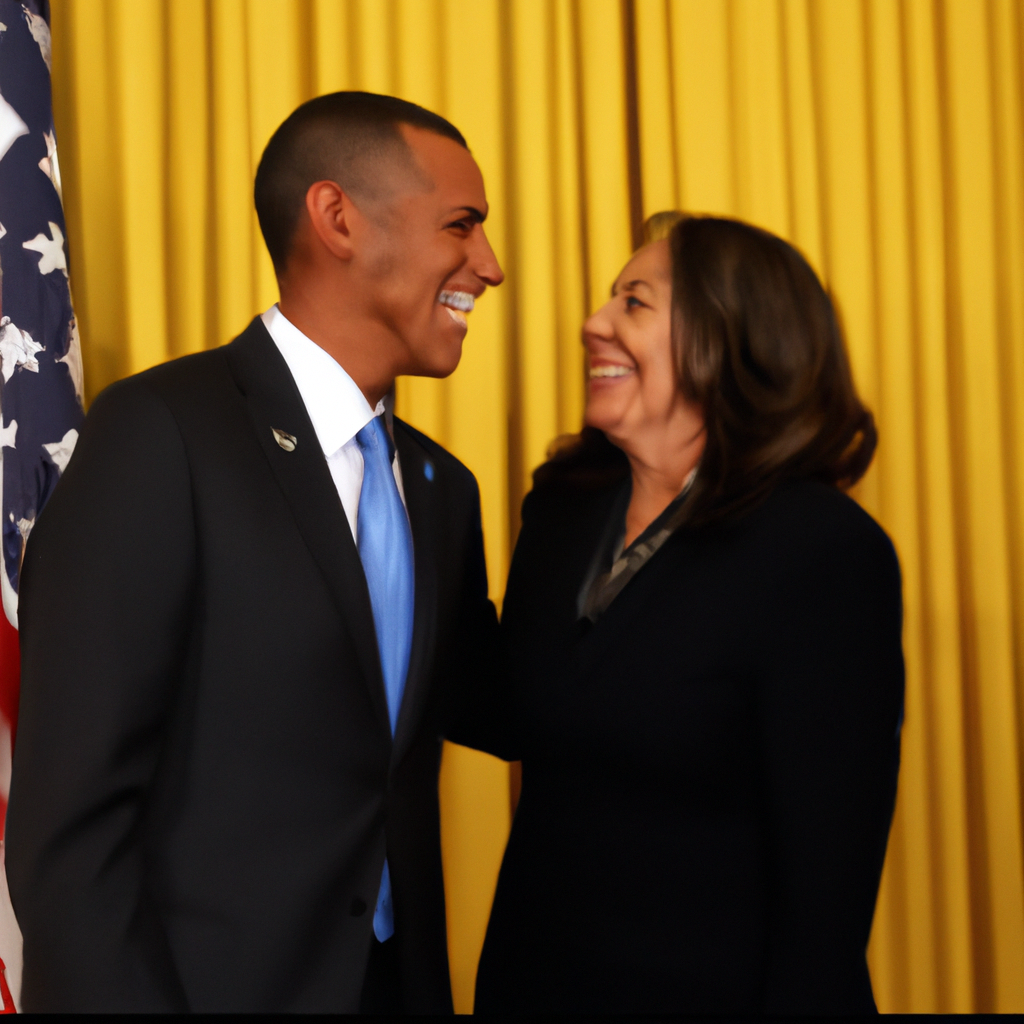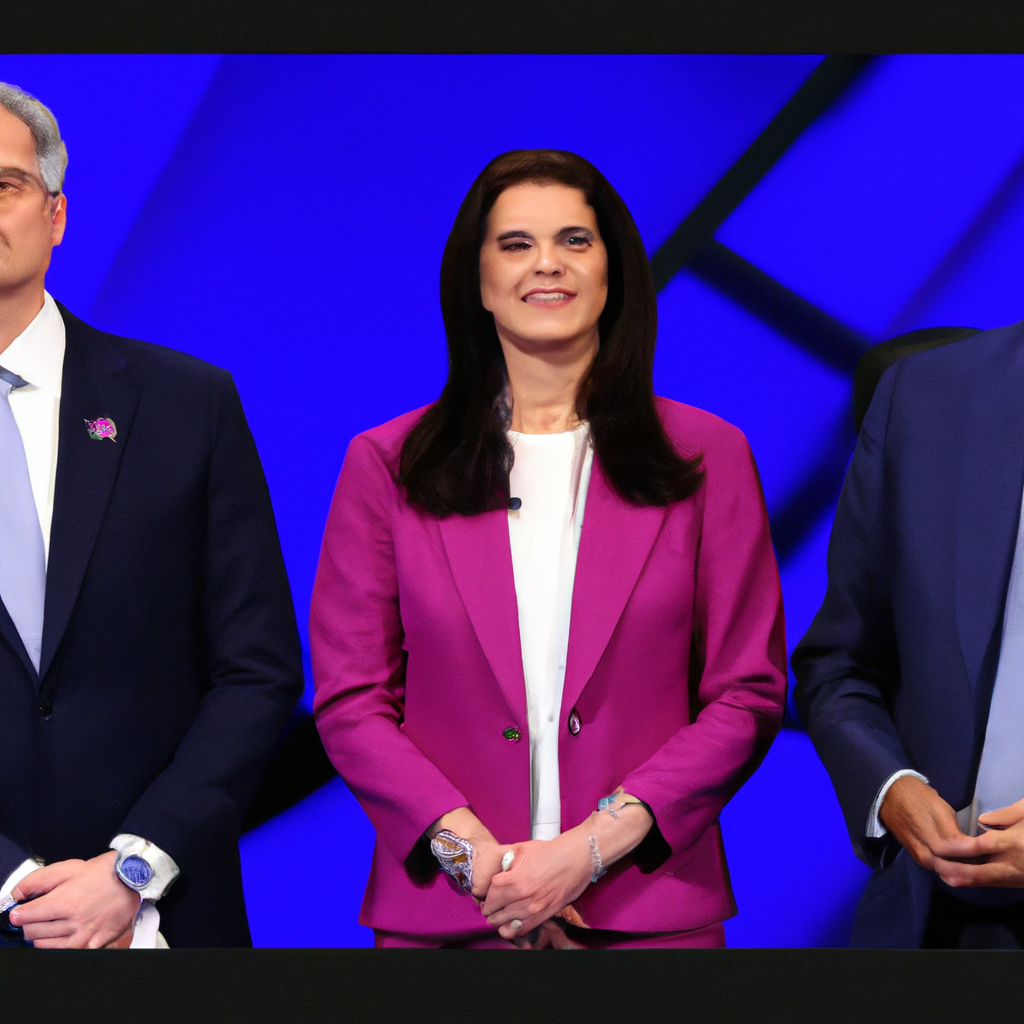Read in your native language
english german italian french spanish mandarin arabic portuguese russian japanese
Political Dynamics in Northern Ireland: A Focused Analysis
The political landscape of Northern Ireland is uniquely shaped by its complex history and constitutional debates. Elections here are not primarily fought on the basis of local policies like tax, health, and education. Instead, they revolve around two major factions: the unionists, who aim to maintain the union with Great Britain, and the nationalists, who seek unification with the Republic of Ireland. The Alliance party positions itself centrally, advocating for a cross-community approach, and has grown to become the third largest party in recent assemblies. However, this unique political climate creates a strikingly different electoral process compared to the rest of the UK.
Involved Perspectives
The major players in this political arena include:
- Unionists - Focused on maintaining ties with Great Britain.
- Nationalists - Aim to integrate Northern Ireland with the Republic of Ireland.
- Alliance Party - A centrist option that appeals to voters disillusioned with partisan politics.
- Sinn Féin - A nationalist party that does not participate in Westminster politics, which has its unique implications.
- Democratic Unionist Party (DUP) - Has historically influenced Westminster politics when they were in a confidence and supply arrangement.
Benefits, Risks & Losses
Each party faces distinct perks and pitfalls within this dynamic:
| Party | Benefits | Risks | Potential Losses |
|---|---|---|---|
| Unionists | Support from loyalist communities | Alienation of nationalist sentiments | Loss of influence in a future unification |
| Nationalists | Growing support for unification | Minority status in current political framework | Potential backlash from unionist communities |
| Alliance Party | Cross-community appeal among moderates | Struggles with political identity | Risk of becoming irrelevant |
| Sinn Féin | Strong support base among nationalists | Limited power due to non-participation in Westminster | Missed opportunities in wider UK politics |
| DUP | Leverage in Westminster negotiations | Dependency on UK government | Loss of autonomy within Northern Ireland |
Election Promises and their Impact
Despite the challenges, political parties continue to release manifesto promises. A striking example is the Conservative Party's 2019 pledges to end Troubles-related prosecutions against military veterans. This promise exemplified how a party with UK-wide power can create significant effects within Northern Ireland.
Relevancy Meter
This low relevancy percentage suggests that the lasting impact of historical events on today’s politics is diminishing, creating a potential gap in understanding for younger generations.
Visual Representations
The electoral map of Northern Ireland, highlighting the constituencies and their party affiliations, alongside infographics detailing policy promises and their reception by the public can enhance understanding.
In conclusion, the political landscape of Northern Ireland is a complex interplay of historical contexts, party politics, and social aspirations. While the current dynamics may present immediate challenges and opportunities, the historical burdens persist, influencing future trajectories.
Keywords: Northern Ireland, tax, health, education, unionists, nationalists, Alliance party, Great Britain, Republic of Ireland, Sinn Féin, Democratic Unionist Party, Westminster, Troubles-related prosecutions, Conservative Party.
Author: Andrej Dimov
Published on: 2024-07-26 20:56:44



